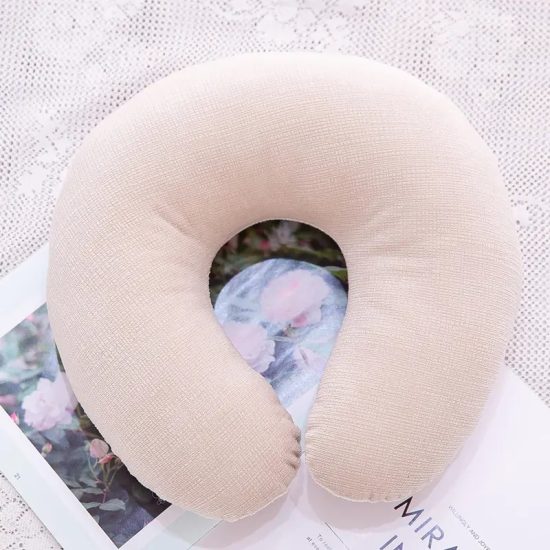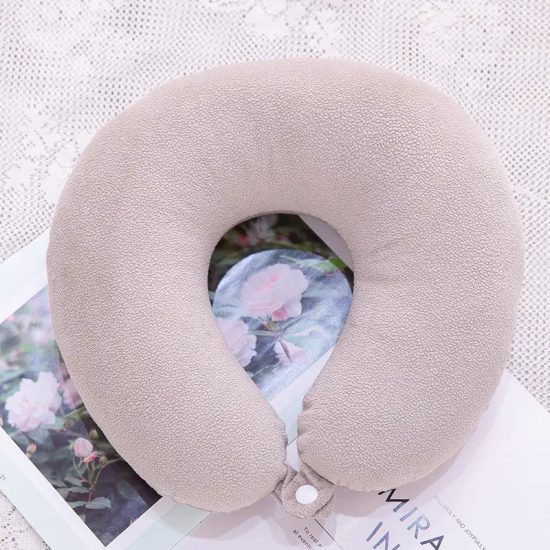Choose Cushions That Are Certified for Quality and Safety Standards
When selecting cushions that are certified for quality and safety standards, it’s important to consider the following factors:
- Certifications: Look for cushions that have certifications from reputable organizations. Some common certifications for quality and safety include:
- CertiPUR-US: This certification ensures that the foam used in the cushions is made without harmful chemicals like formaldehyde, ozone depleters, and heavy metals.
- OEKO-TEX Standard 100: This certification ensures that the cushion materials have been tested for harmful substances and are safe for human use.
- Greenguard or Greenguard Gold: These certifications focus on indoor air quality and ensure that the cushions emit low levels of volatile organic compounds (VOCs).
- Flame Retardancy: If you’re purchasing cushions for furniture, particularly upholstered furniture, you might want to consider cushions that meet flame retardancy standards. Look for cushions that comply with regulations such as California Technical Bulletin 117 (TB117) or the more recent TB117-2013, which aim to reduce the flammability of upholstered furniture.
- Durability and Performance: Quality cushions should be made with durable materials that can withstand regular use. Look for cushions that have high-density foam or resilient filling materials, as they tend to retain their shape and support for longer periods.
- Reputable Brands: Opt for cushions from well-known and reputable brands that have a track record of producing high-quality products. Research customer reviews and feedback to gain insights into the brand’s reputation and the experiences of other buyers.
- Compliance with Local Regulations: Depending on your country or region, there may be specific regulations or safety standards that cushions should meet. Ensure that the cushions you choose comply with the applicable local regulations.
Remember to read product descriptions, labels, and documentation carefully to confirm the certifications and safety standards claimed by the manufacturer. If in doubt, reach out to the manufacturer directly for more information or clarification.


